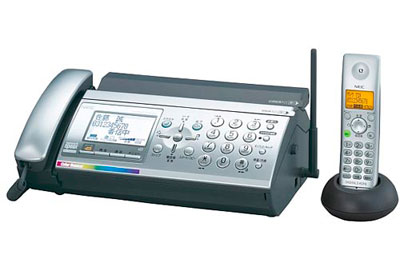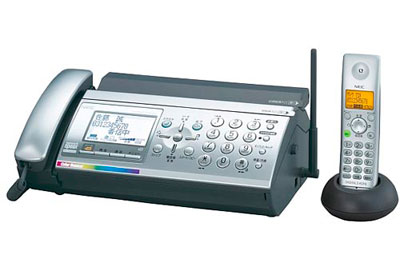Thanks to e-mail, Internet, to faxes and telephones, meetings or dates between people occur less and less, but despite this, people can talk, and even negotiate, with people they have never met in their life.
In the business world, email has long since become a communication standard. On the other hand, the telephone or speakerphone is used, also called speakerphone. And the device that accompanies us practically everywhere is the mobile phone. Without a doubt, that today only those who have assimilated not only the very technique of using all these means of communication, but also the rules of communication, can work effectively. etiquette and protocol.
Gold rules
1) Email
– Always indicate the subject, so that the recipient can determine the importance of the letter.
– Don’t forget to say hello. Many times, I have received emails that begin, instead of “Good morning”, with the subject in question. This can cause the person to whom the letter is addressed to be indifferent, considering it impolite.
– Address the recipient personally. It is more pleasant for you to see your name, rather than “Dear” or “To whom it may concern.”
– Write briefly. Remember that very long messages are not read immediately, but are left for later. However, excessive brevity can also harm.
– Reply to your emails the same day. If it does not work, at least communicate that you are working on the issue or that you are currently busy with other projects.
– Confidential information is reported in an appointment or over the phone. There is no “secret” email.
– Reread the text to be sure that there are no ambiguities in it.
– Check, if there are no errors. Automatic checking for spelling and grammar can be configured.
– Do not use very strong colors or animated emoticons in work correspondence.
– Use abbreviations only when you are sure the recipient knows their meaning.
– Sign your full name. Also, for more information, you can indicate your position, the name of the company and the telephone number.
two) Telephone
– Start the conversation with your presentation and that of your company. Not “Alo, I hear you”, but “the Engineering Department of company x. Lorena Pérez ”.
– If it is necessary to pause the conversation, say: “May I ask you for a minute?” It’s more polite than saying, “Wait a bit” or “don’t put the tube in.” Restart the conversation as soon as possible. Customers won’t wait long, they just go to… your competitors.
– If the conversation has become long, say something like: “Excuse me, in a few minutes I have a meeting. Can I call you back later or write you an e-mail? “
– If at the moment, when you talk on the phone, a colleague comes, more important to the conversation on the phone. (In case the meeting was not agreed in advance).
– Do not discuss personal matters over the office phone. At least, strongly and for a long time.
3) Telephone with speaker
– First of all, introduce all participants to the conference call.
– Before speaking, say your name once more so that it is clear who is talking.
– Do not interrupt the interlocutors.
– Before changing the usual telephone conversation to the “speakerphone” mode, ask if your interlocutor agrees.
4) Mobile phone
– Do not have the ringtone to the maximum, especially if you are in a meeting or talking with someone.
– If you cannot turn off the phone, use its functions, put it on vibrate.
– In the workplace, very “happy” ringtones are inconvenient and can even cause damage to your professional image.
– Do not discuss such issues in public places, such as the course of negotiations, business information or important transactions.
– And finally, do not start the conversation on the subject in question, first, ask your interlocutor if he has the time.

